Looking for a nutrition plan to conquer the UTMB? Discover Mathieu Blanchard's top dietary tips for your next ultra-trail.
Mathieu Blanchard embarked on the Näak journey from day one. He completed his first UTMB in 2018, finishing 13th in 23h53 with our prototype energy bars. Since then, this French ultra-trail runner has reached the podium twice, consistently placing in the top 5 since 2021, and is among the few to break the 20-hour barrier. We’ve grown together. With us, Mathieu feels home.
This is why he’s sharing his nutrition tips for succeeding at the UTMB. Mathieu emphasizes that these are personal insights rather than universal advice, based on his experiences rather than scientific findings. Take what resonates with you to enhance your performance in Chamonix or at your next ultra-trail event.
What’s the best nutrition plan for UTMB success? What dietary tips should you follow for your next ultra-trail? Mathieu Blanchard reveals his top 10 tips in this article...
‘NÄAK TIPS’ is our new article series where our professional athletes share their insights and experiences to help you achieve your goals on race day. Check out all the articles in this series here: NÄAK CONSEILS

PRE-RACE:
UTMB TIP #1 BY MATHIEU BLANCHARD: "DON’T NEGLECT LIPOLYSIS"
"Currently, there's a trend around carbohydrates. Many trail runners focus solely on carbs per hour for their nutrition. Some even claim lipolysis is obsolete. I strongly disagree. I believe this is a fad and that lipolysis will soon regain its importance. That’s why I maintain it year-round. How? By training on an empty stomach most of the time. Regardless of the session—whether it’s interval training or a long endurance run—I always carry a flask of Drink Mix and some waffles, gels, or energy purees, which I consume as needed. Sometimes I eat everything, other times nothing at all. This process is driven by listening to my body, my hunger, and ensuring both my energy-producing systems—carbs and lipids—are fully functional on UTMB day. It’s fantastic that Näak's ultra-trail products contain both carbs and lipids."
*In simple terms, lipolysis is the process by which the body converts lipids—fats—into energy for optimal function.
UTMB TIP #2 BY MATHIEU BLANCHARD: "SPECIFIC AND TARGETED GUT TRAINING"
"When I was still a novice, I did a lot of 'gut training' to help my stomach process my race nutrition. Now, I eat based on my needs and cravings. For the UTMB, my gut training is specific and targeted. Four, three, and two weeks before the race, I do three consecutive days of long training sessions—either 4h, 6h, 6h or 6h, 8h, 8h—alternating between trail running and cycling. On the last day of each block, I simulate my UTMB nutrition plan, consuming around 80g of carbs or 400kcal per hour. Although at a lower intensity than UTMB, this fatigued effort mimics the race conditions closely. To sum up, my gut training is specific, not daily."
UTMB TIP #3 BY MATHIEU BLANCHARD: "FOLLOW THE SCANDINAVIAN DIET DURING TAPERING"
"Again, these are personal habits rather than scientific advice. Between 10 and 3 days before an ultra-trail, I follow a diet similar to the Scandinavian diet—not necessarily to optimize carb loading, but to fill up on micronutrients, reactivate lipolysis, and avoid gaining weight. When tapering, my appetite spikes even though my activity decreases. This diet helps control my weight. Then, from 3 days before the race, I load up on carbs again with hearty breakfasts and plenty of quinoa, rice, or sweet potatoes at every meal."
**The Scandinavian diet, often mentioned in sports nutrition, is a strategy aimed at maximizing glycogen reserves by alternating low-carb (J-6 to J-3) and high-carb (J-3 to J-1) phases before a race.
DURING THE RACE:
UTMB TIP #4 BY MATHIEU BLANCHARD: "START WITH A LIGHT STOMACH"
"I prefer starting the UTMB with a light stomach to manage pre-race nerves and digestion. Eating less before the race and compensating during the first hour works better for me. My advice: avoid last-minute carb loading as glycogen reserves don’t fill up in the last three hours before the start. For instance, I started the Maxi-Race (93 km & 5400m D+) on an empty stomach. It’s personal, but it works for me."

UTMB TIP #5 BY MATHIEU BLANCHARD: "EAT A WAFFLE AT THE START LINE"
"This is a small ritual of mine. Knowing I won’t eat solid food during the UTMB—relying only on Drink Mix, gels, and energy purees—I treat myself to a waffle just three minutes before the race starts. I choose randomly from the variety pack, enjoying all flavors and the surprise. At the Maxi-Race, it was a maple syrup waffle at 4:40 AM!"
UTMB TIP #6 BY MATHIEU BLANCHARD: "EAT A LOT EARLY IN THE RACE"
"The key moment for nutrition in the UTMB is the first hour. I start eating during the flat section before the initial climb from Les Houches. Consuming about 120g of carbs (500kcal) in the first hour helps manage the fast pace until Notre-Dame-de-La-Gorge and preserves glycogen stores for later stages.I maximize my energy intake in the early kilometers to handle the fast start and, more importantly, to preserve my glycogen reserves. My body uses the immediate energy available rather than tapping into those reserves, which I’ll need much later in the race. To summarize, eating early helps delay depleting your reserves! "
UTMB TIP #7 BY MATHIEU BLANCHARD: "ANTICIPATE YOUR NUTRITION NEEDS"
"This mindset led to the creation of the ‘Näak Calculator‘, a free tool to build a personalized nutrition plan based on race specifics, goals, and preferences. It’s a framework to help you anticipate hunger and avoid energy crashes. Waiting until you feel hungry to eat means it’s already too late, and hypoglycemia could be imminent. I made this mistake during my first UTMB in 2018, starting too fast and only eating when I felt like it, leading to a grueling finish."
UTMB TIP #8 BY MATHIEU BLANCHARD: "MANAGE YOUR CAFFEINE INTAKE"
"I love coffee, drinking one or two cups daily before training. Previously, I’d cut out coffee 10 days before a race to enhance its effect on race day. However, research by Guillaume Millet showed that sudden caffeine withdrawal can be more harmful than beneficial. So now, I maintain my usual intake up to the race. During the UTMB, I avoid high-dose caffeine capsules due to the risk of intestinal issues. Instead, I limit myself to 3 or 4 caffeinated energy gels throughout the race, starting at the Grand Col Ferret at dawn."
UTMB TIP #9 BY MATHIEU BLANCHARD: "OPT FOR SAVORY SNACKS AT AID STATIONS"
"Sports nutrition is mostly sweet, so having savory options at aid stations helps combat taste fatigue. Sweet potato energy purees work well for me."

POST-RACE:
UTMB TIP #10 BY MATHIEU BLANCHARD: "RECOVER WITH PROTEIN"
"After an ultra-trail, it’s crucial to listen to your body, enjoy your food, and eat as much as needed for recovery. Protein is vital for muscle repair. With my next goal being the Diagonale des Fous two months after the UTMB, fast and effective recovery is key. I continue my routine of having a protein recovery shake after every race or training session. The inclusion of protein in Näak products helps me prepare for recovery even while running, thanks to the protein in the Drink Mix, gels, and energy bars."
MATHIEU BLANCHARD’S NUTRITION PLAN FOR THE UTMB:
"My UTMB nutrition plan is straightforward. Over the years, I’ve simplified it as much as possible. I aim for 80g of carbs per hour, around 400kcal, mostly from Drink Mix complemented by a gel. This averages to one 500mL flask of Drink Mix and one energy gel per hour. At aid stations, I keep it minimal: savory sweet potato energy purees to cut the sweetness, and three small bottles: one of Coca-Cola, one of still water, and one of sparkling water."
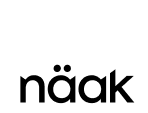







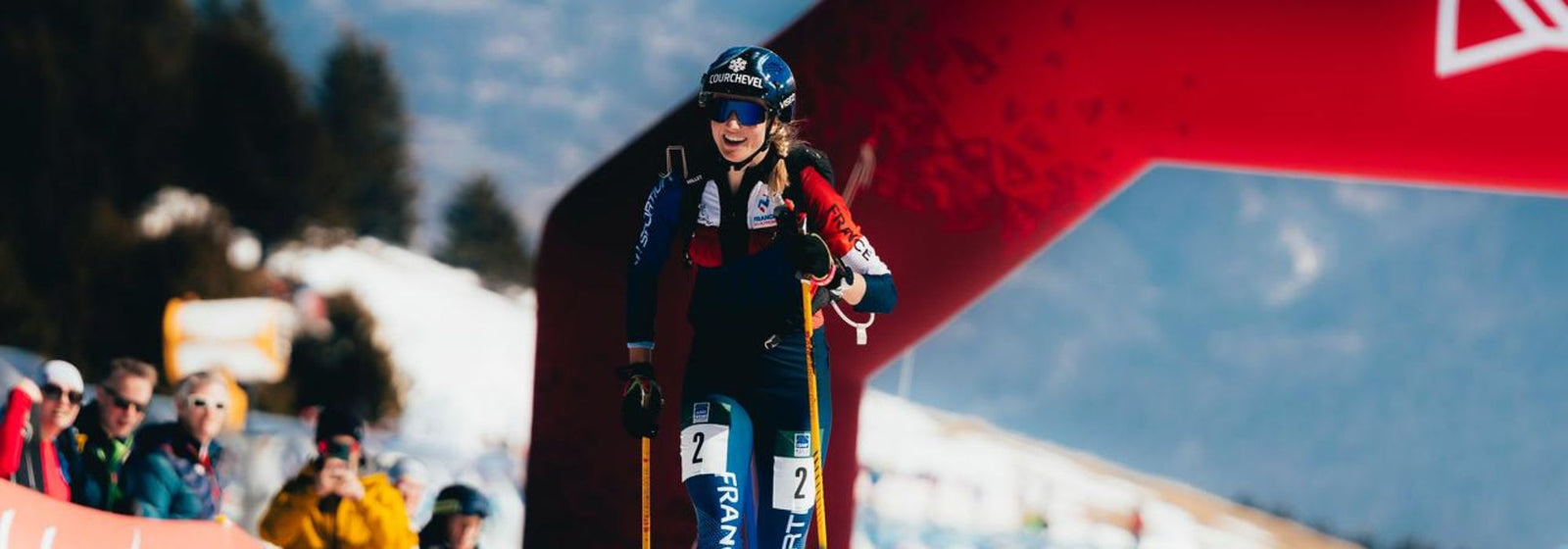


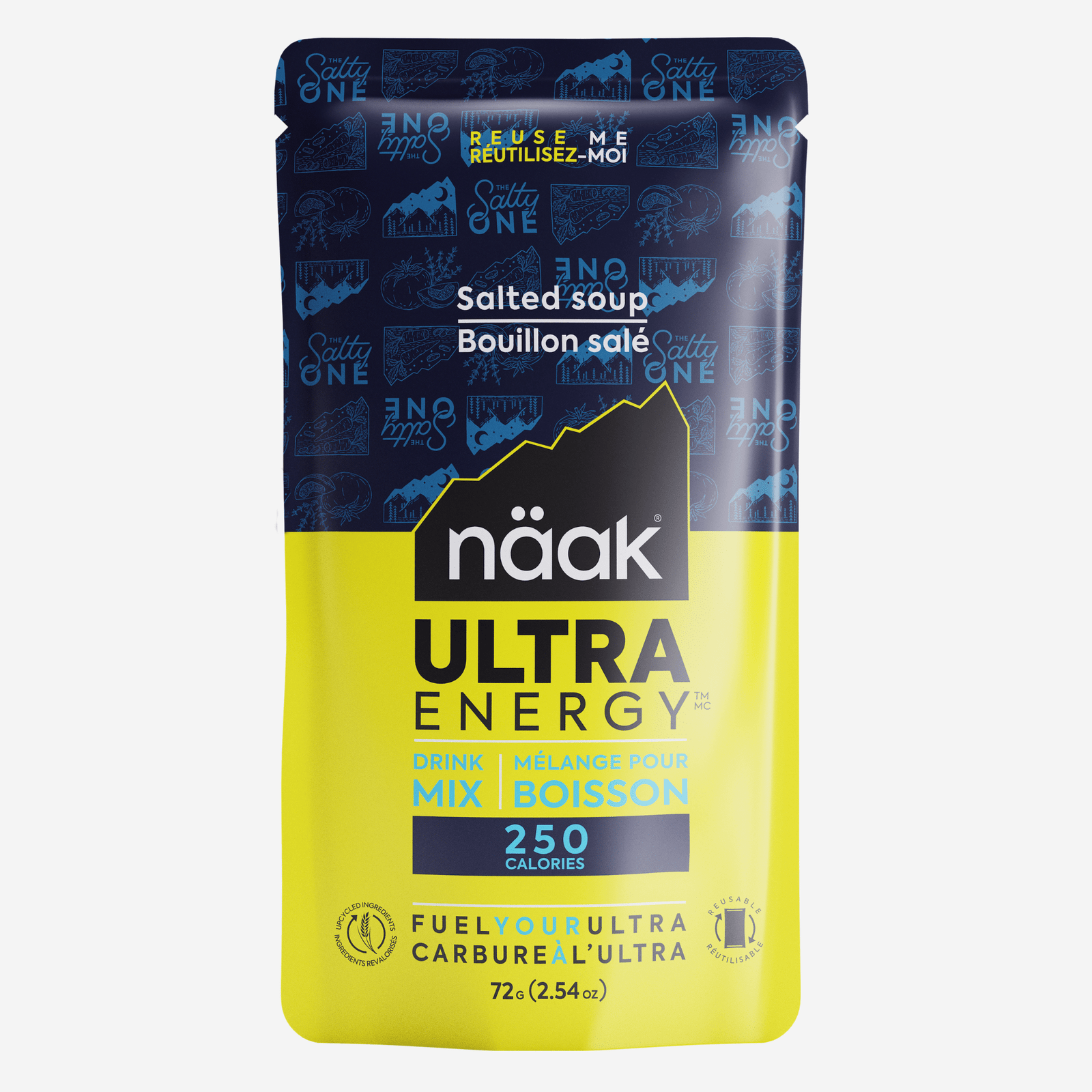
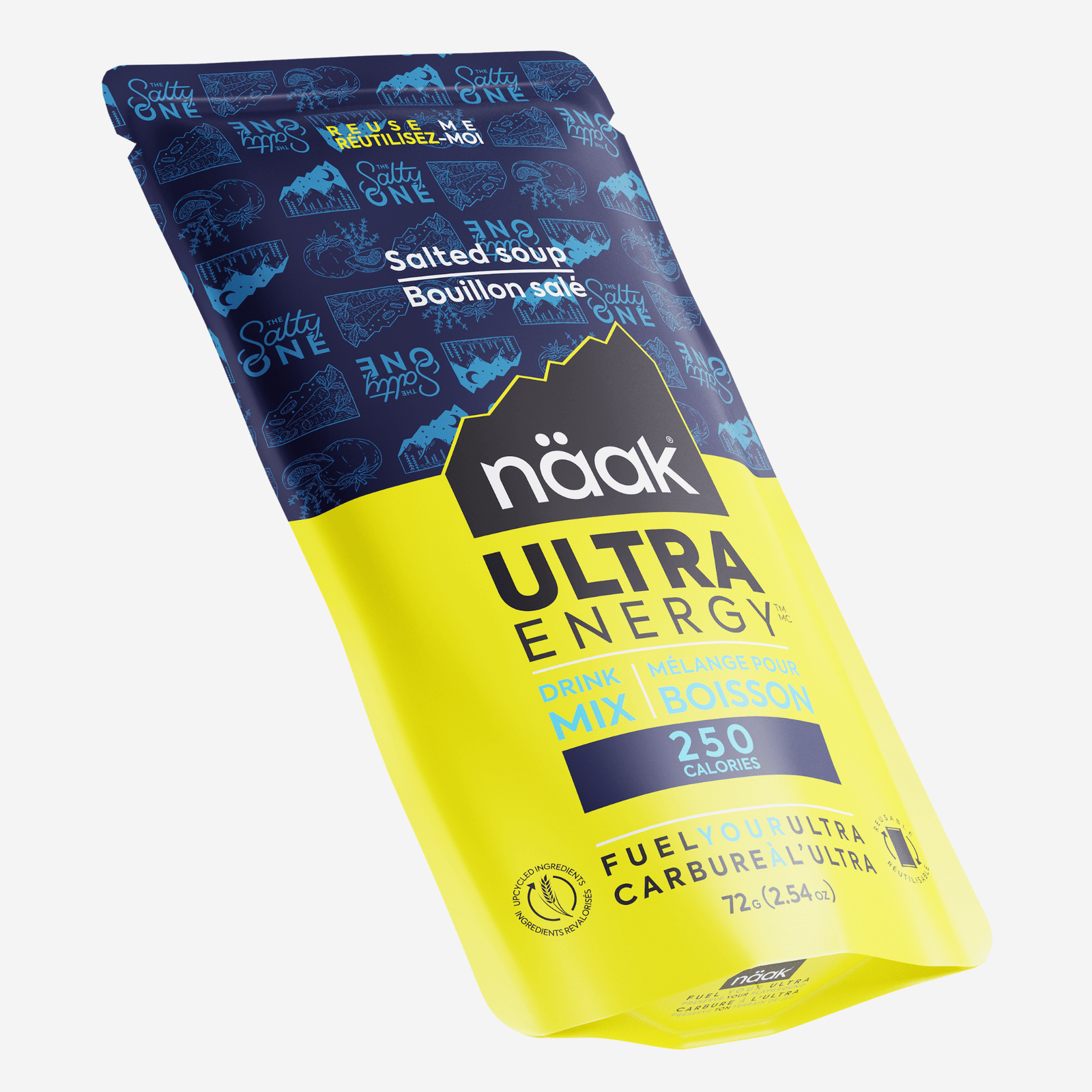

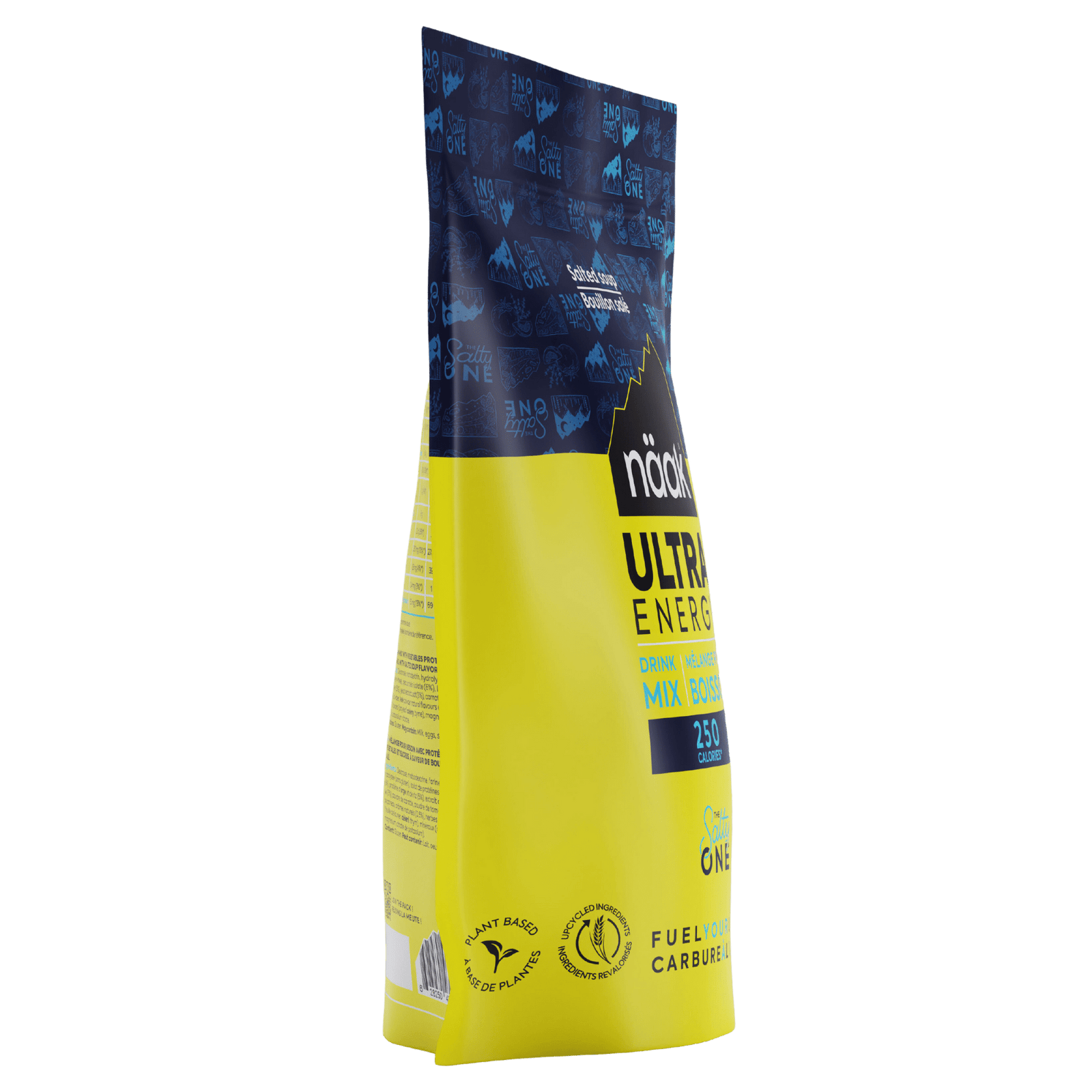
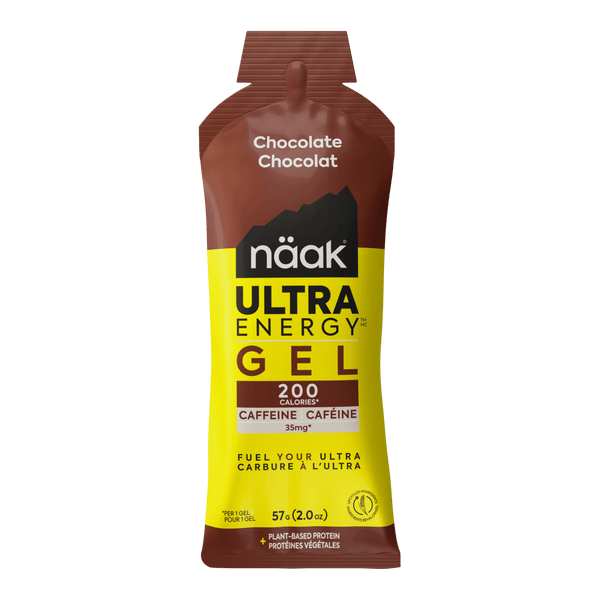
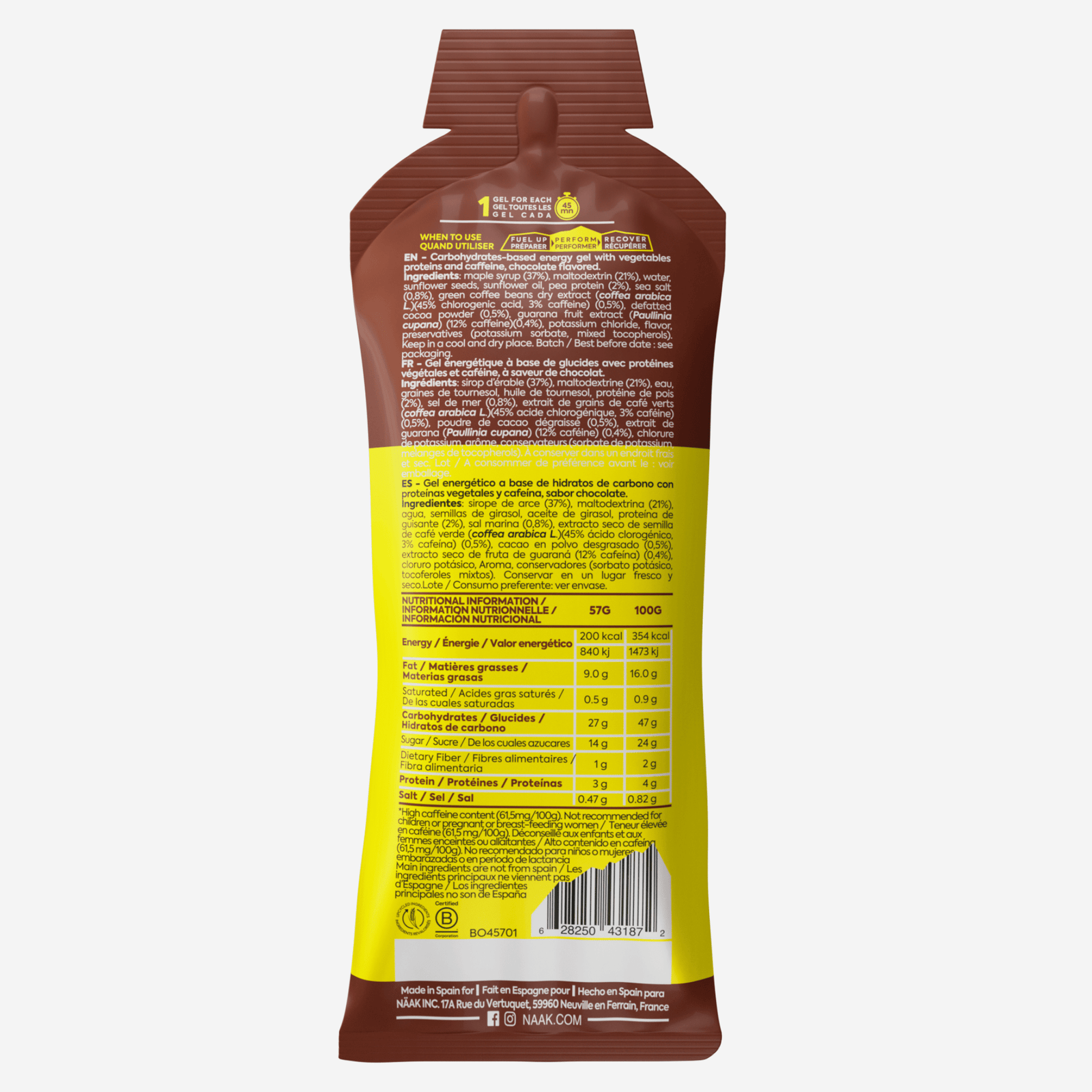


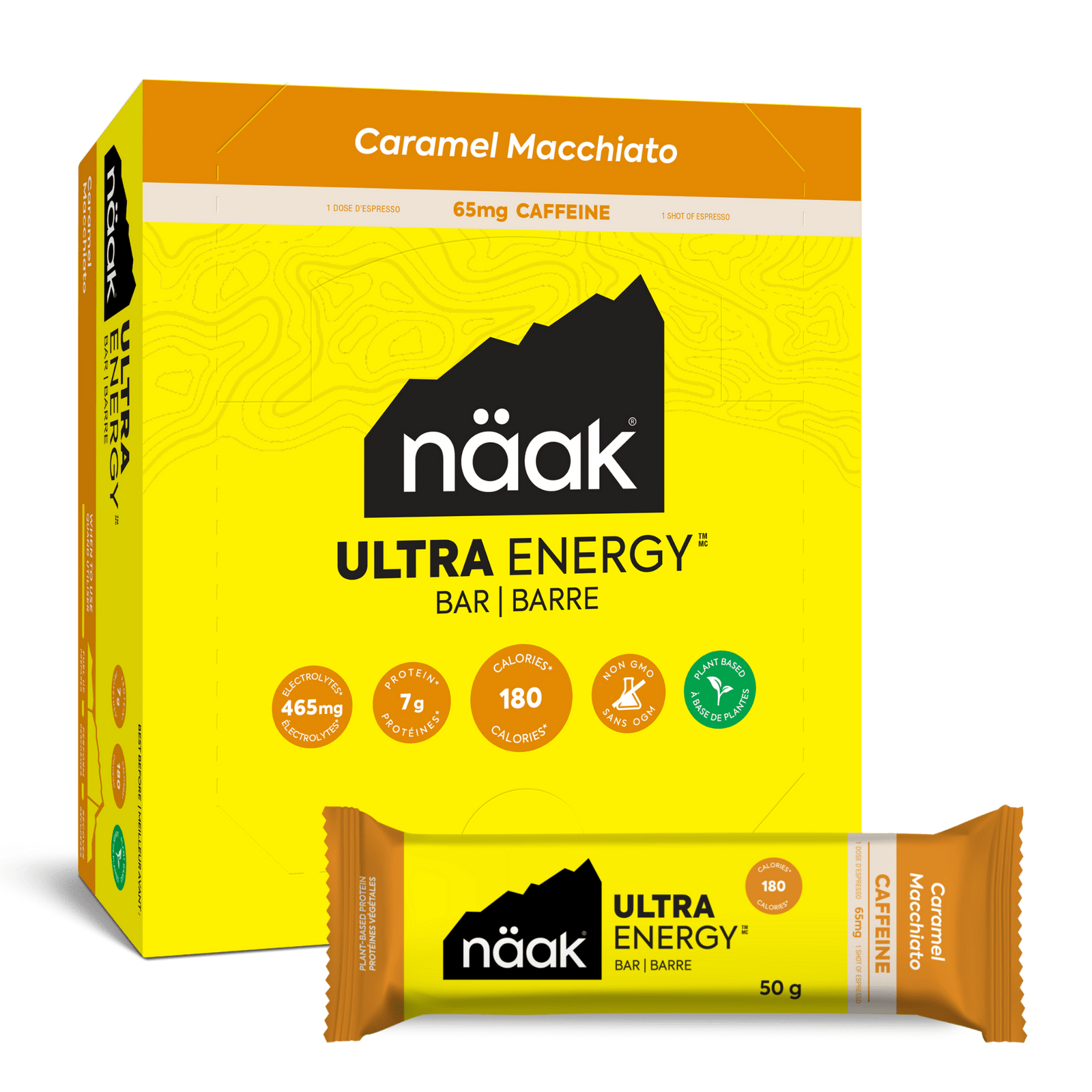



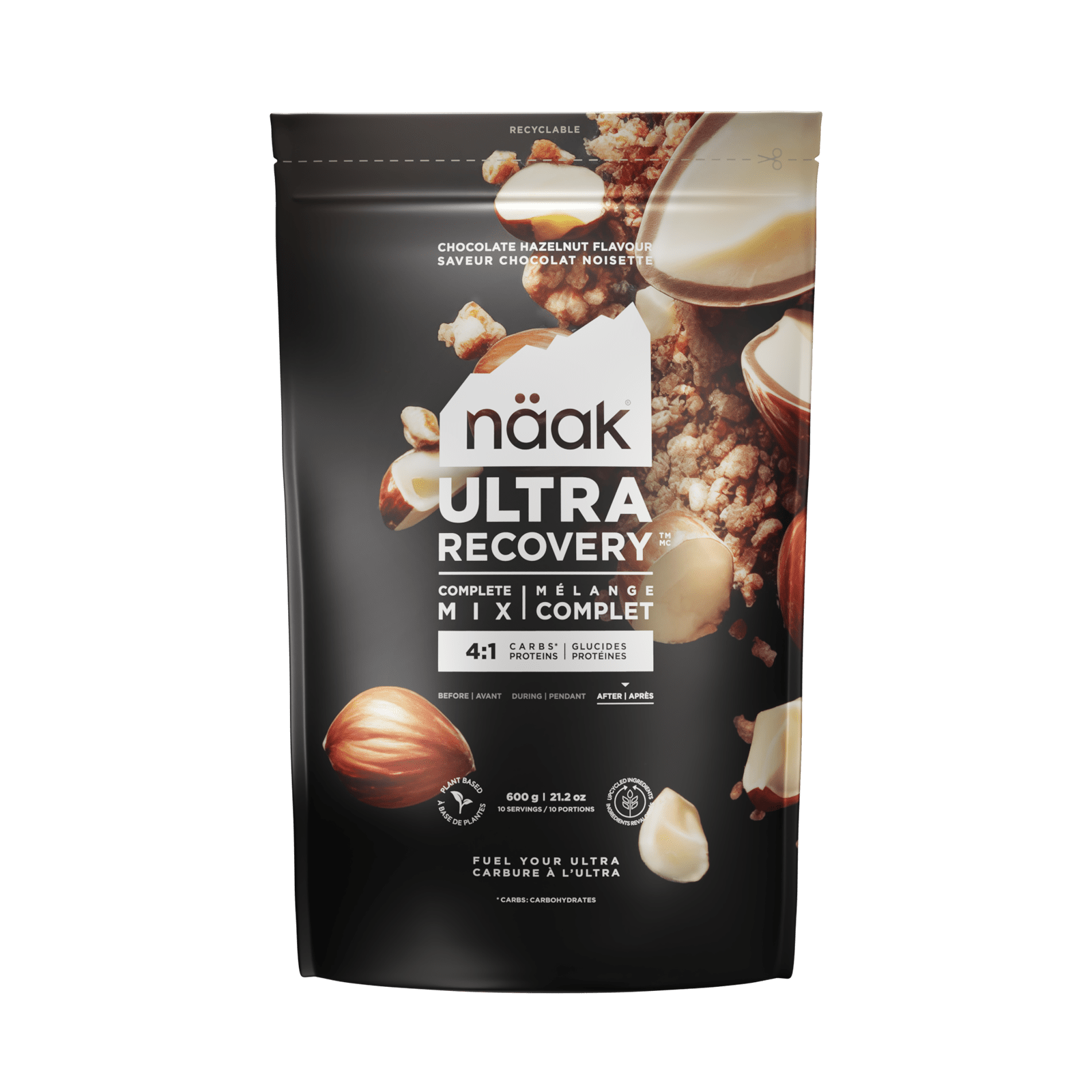

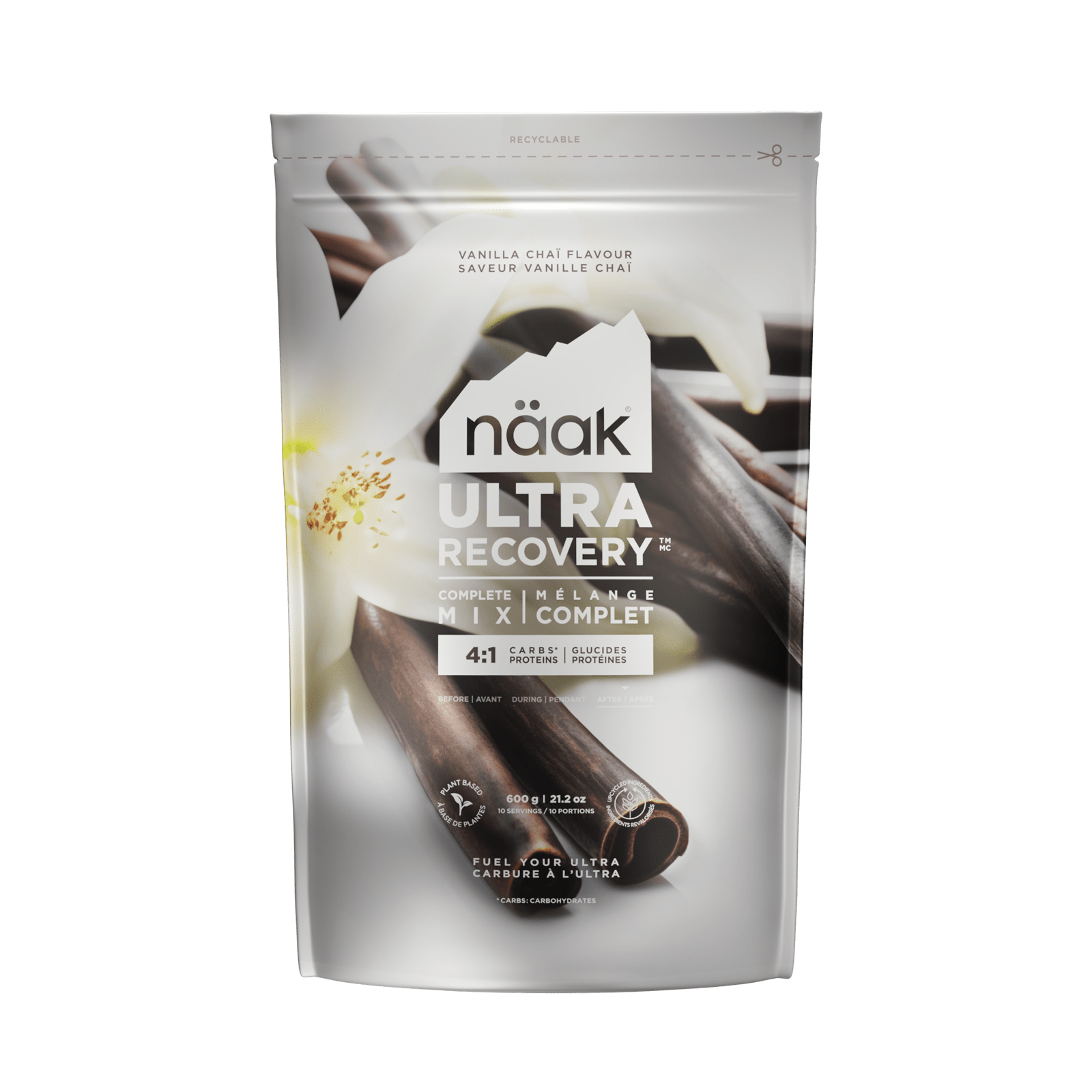
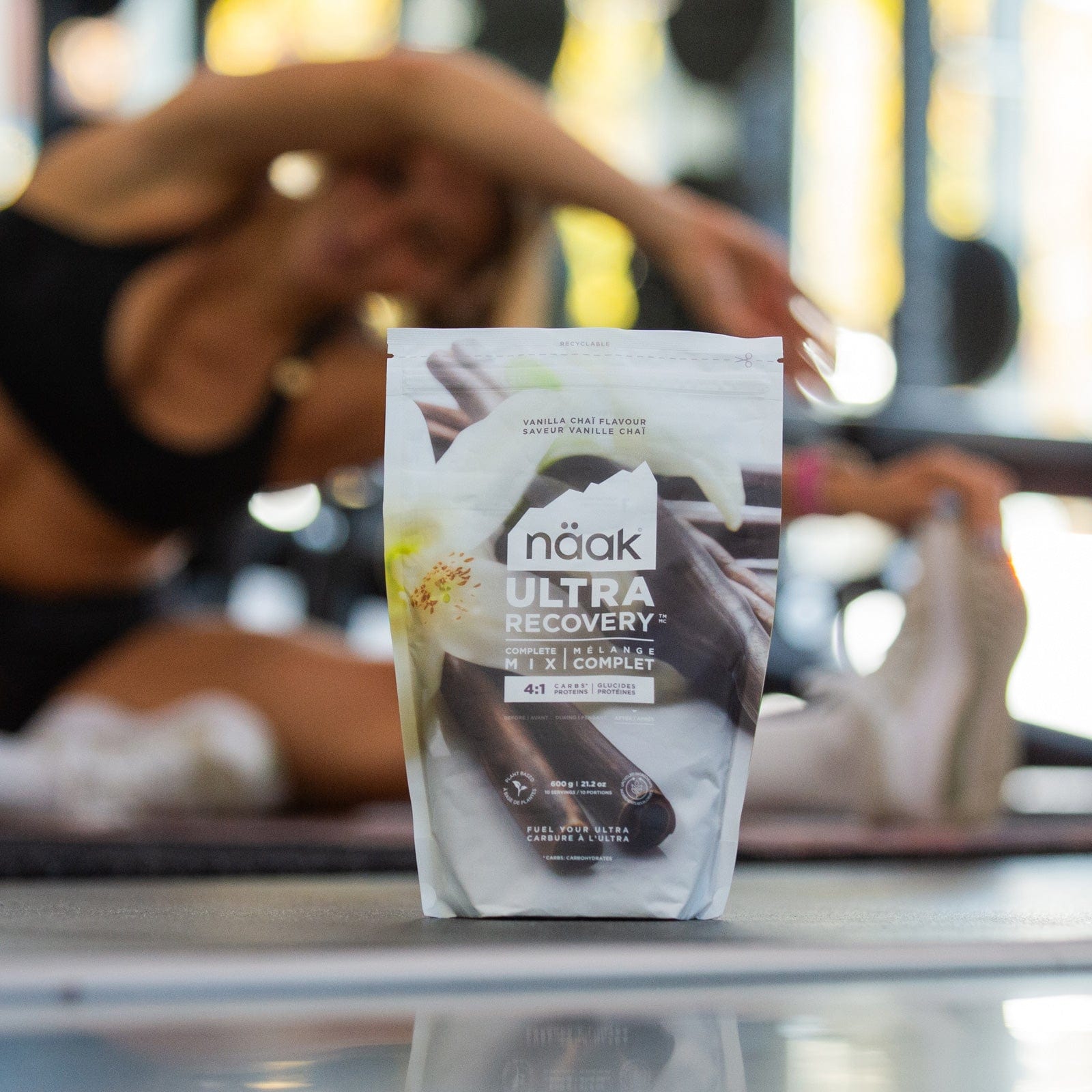
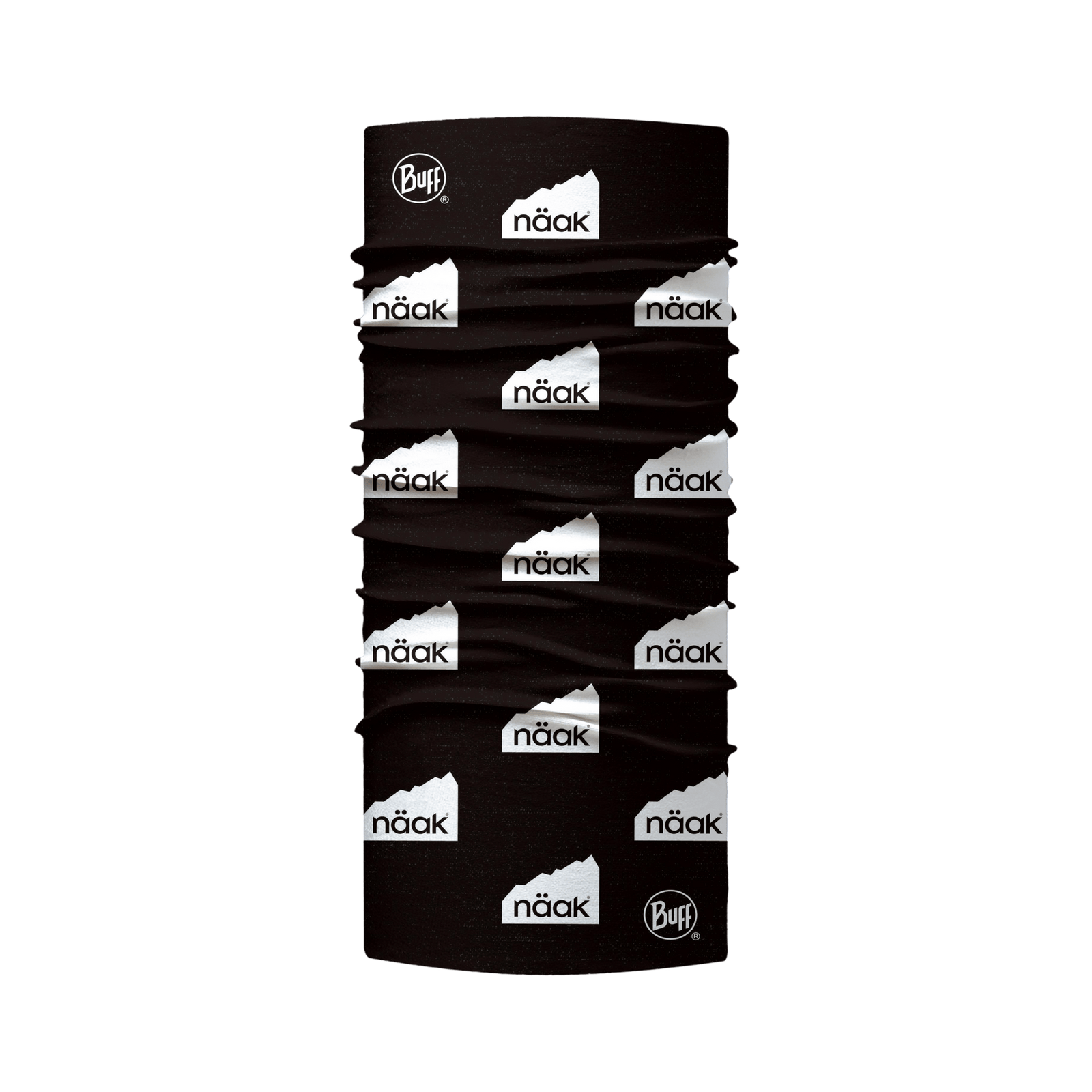
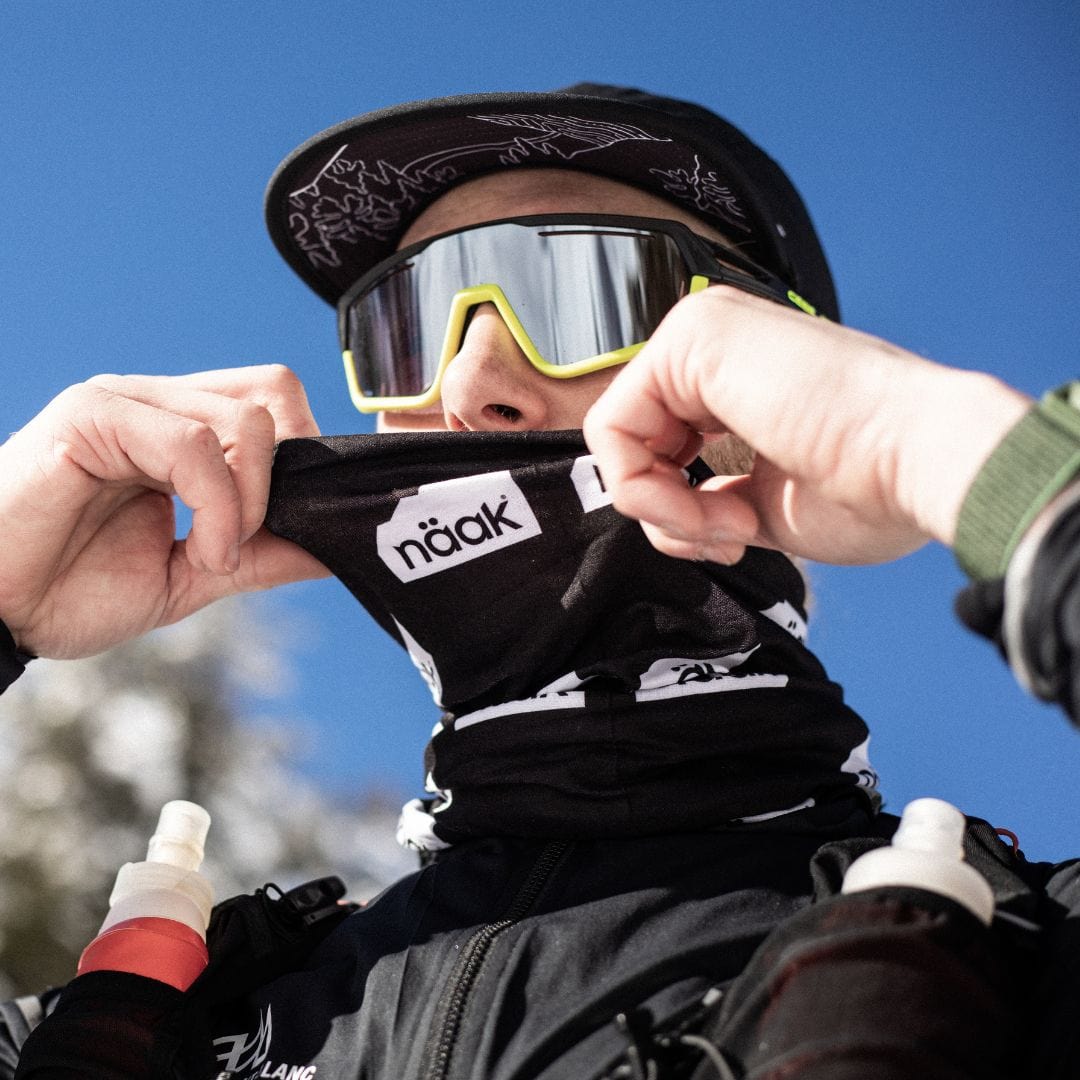
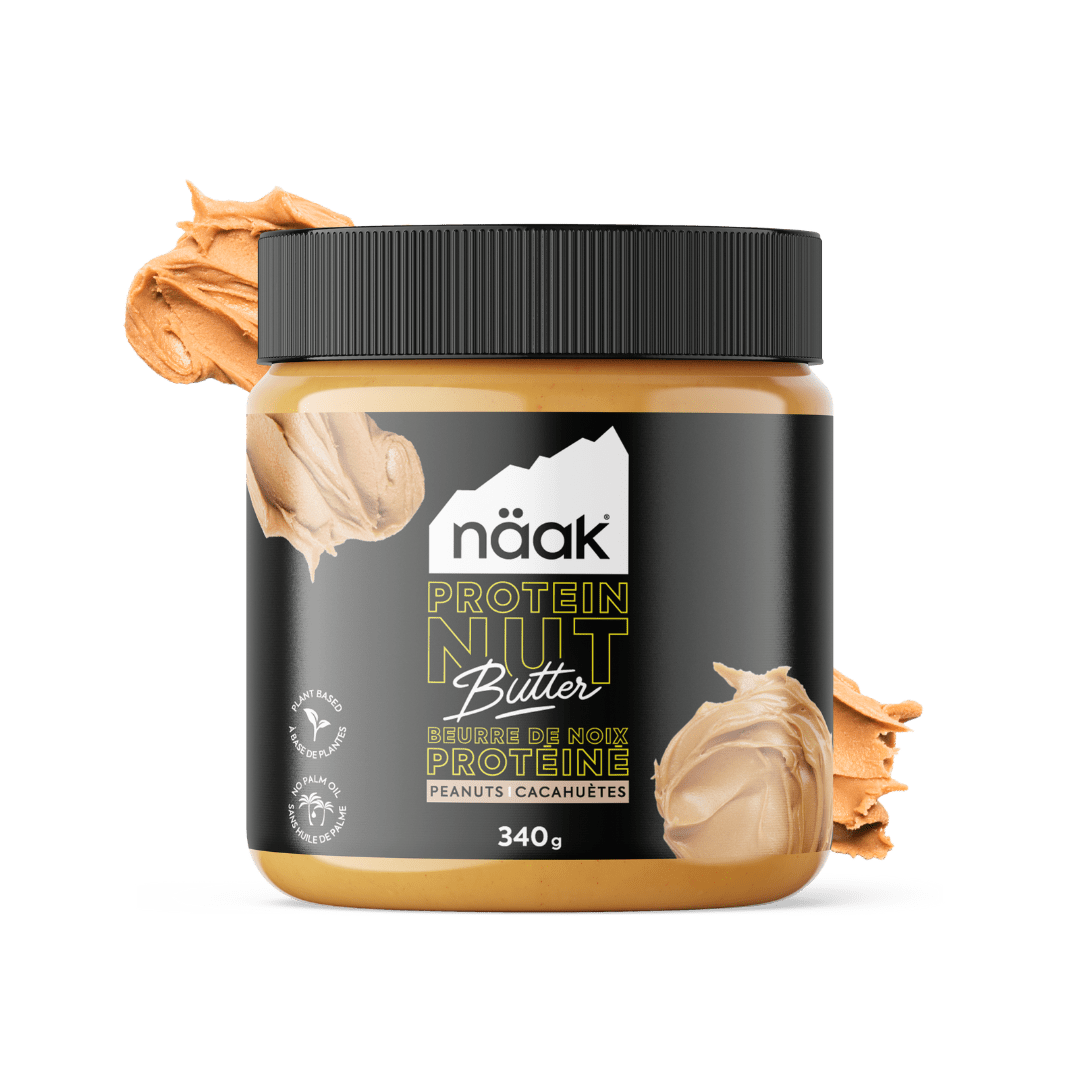
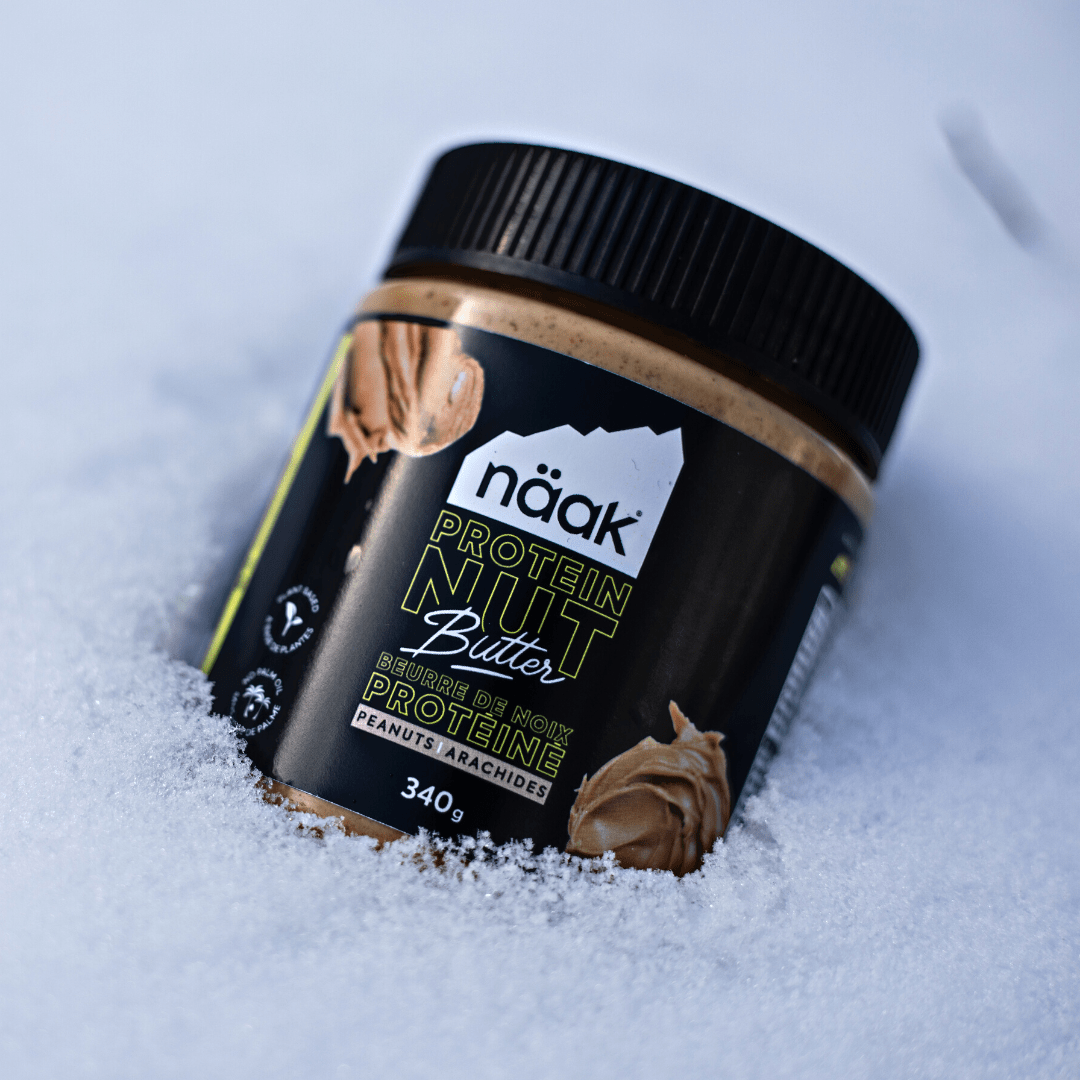
Dejar un comentario